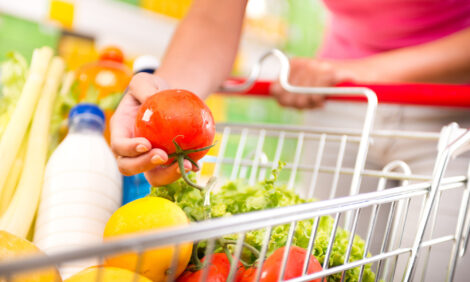



Brazil Loses Pasture but Gains on Beef
BRAZIL - Brazil will strengthen its position as the world's leading beef exporter over the next ten years despite a substantial loss of pastureland, according to Agra FNP, Brazil's leading agribusiness consultancy and commodities analyst."Brazilian beef shipments should rise by 32% by 2017 to 2.9 million tonnes, while rival producers such as Australia, the US and Argentina have little room for expansion," said Agra FNP technical director Jose Vicente Ferraz.
"The outlook (for exports) for Brazil is subject to market conditions. The number could be even higher if there are supply problems on the international market and if Brazil gains access to new markets," Ferraz told journalists at the launch of Agra FNP's newly released Anualpec 2008 yearbook on Brazilian meat and livestock.
Competition for land
The export rise will be made possible by higher Brazilian beef production, despite fierce competition for farmland from other agricultural activities.
Agra FNP forecasts that cattle numbers will rise from 169.7 million head in 2008 to 183 million by 2017. Over the same time period, pastureland area is expected to fall by 17 million hectares from the 190 million hectares now in use.
Pastureland expansion into the North and Northeast of the country will not be enough to compensate for losses in the South, Southeast and Centre West.
"The potential expansion area is subject to growing competition from other crops, where higher profits are to be had. So the trend is for these new areas to be taken over by other agricultural activities," said Ferraz. "Brazil has the most potential for production growth, but growth will have to come from productivity gains," he added.
Efficiency gains
To offset the loss of pastureland, Brazil's beef industry is gradually becoming more land efficient. Gains in productivity will be made possible by improvements in feed practices (fattening time will fall from 30 months to 26 months within the next four to five years), by the expansion of feedlots - which will more than double to 6 million animals by 2017- and by genetic improvements.
The consultancy estimates that world beef production will grow at a rate of 250,000-300,000 tonnes per year, driven by demand in Asia and the United States. Brazil would not be able to absorb this increase alone and the strength of demand is likely to see domestic cattle prices climb by a further one-fifth from current record high levels within the next 5-10 years, Agra FNP said.
TheCattleSite News Desk


